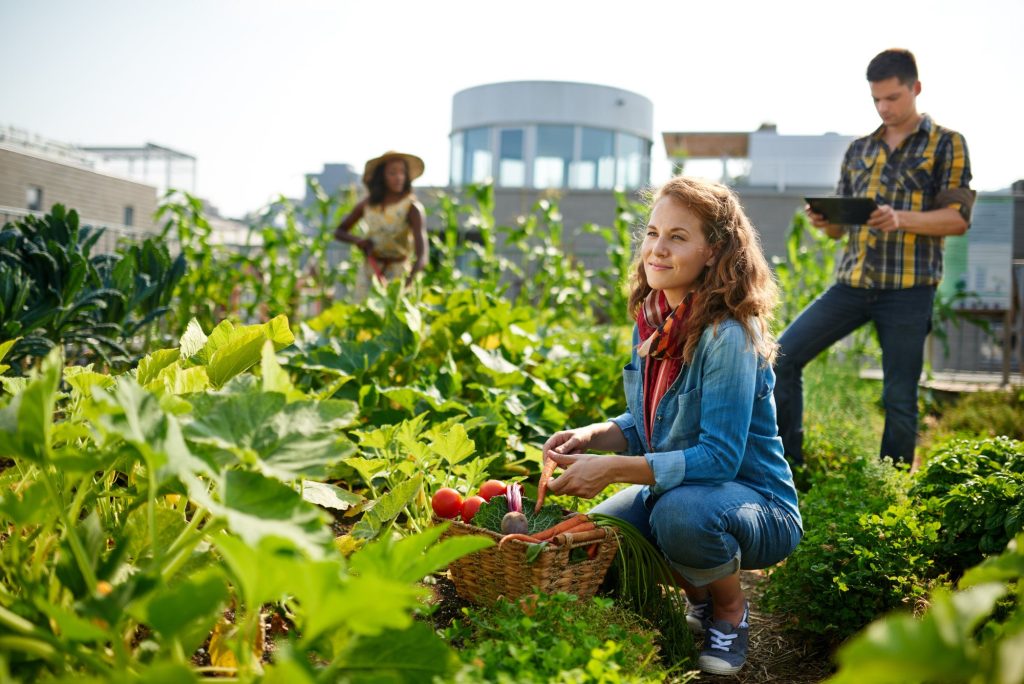Composting is a great way to reduce waste, improve soil health, and create nutrient-rich fertilizer for plants. It’s a simple and rewarding process that anyone can do, even beginners. In this beginner’s guide to composting, we’ll cover the basics of how to get started, what materials to use, and some tips for success.
What is composting?
Composting is the natural process of breaking down organic material, such as food scraps and yard waste, into a rich, dark, soil-like substance called compost. Compost is a valuable resource for gardeners and farmers because it adds essential nutrients to the soil, improves soil structure, and helps retain moisture.
Why compost?
Composting has numerous benefits for both the environment and your garden. By diverting organic waste from the landfill, you can reduce greenhouse gas emissions and decrease the amount of waste sent to landfills. Compost also helps to improve soil health and fertility, reducing the need for chemical fertilizers and pesticides.
Getting started with composting
To start composting, you’ll need a few basic items:
1. A compost bin or pile: You can use a store-bought compost bin or build your own using materials like chicken wire, wooden pallets, or cinder blocks. Make sure your bin is at least 3 feet by 3 feet to allow for proper aeration and decomposition.
2. Brown and green materials: Compost is made up of a mixture of brown materials (such as leaves, straw, and cardboard) and green materials (such as fruit and vegetable scraps, coffee grounds, and grass clippings). Aim for a ratio of roughly 3:1 brown to green materials.
3. Water: Compost needs to stay moist to break down properly. Keep your compost pile damp, but not too wet – like a damp sponge.
4. Air: Oxygen is essential for the decomposition process, so make sure to turn your compost pile regularly to aerate it.
Creating the perfect compost mix
To create quality compost, it’s important to have the right balance of brown and green materials. Brown materials provide carbon, which helps break down nitrogen-rich green materials. Some common brown materials include:
– Leaves
– Straw
– Newspaper
– Cardboard
– Sawdust
Green materials provide nitrogen, which is essential for the composting process. Some common green materials include:
– Fruit and vegetable scraps
– Coffee grounds
– Grass clippings
– Plant trimmings
– Eggshells
In addition to brown and green materials, you can also add other organic materials to your compost pile, such as:
– Shredded paper
– Wood chips
– Hay
– Manure (from herbivores only)
– Coffee filters
Tips for successful composting
1. Chop or shred larger materials: Breaking down larger materials into smaller pieces will help speed up the decomposition process.
2. Layer your materials: Alternate layers of brown and green materials in your compost pile to ensure a good mix of carbon and nitrogen.
3. Keep your pile moist: Your compost pile should feel like a damp sponge. If it’s too dry, add water. If it’s too wet, add more brown materials.
4. Turn your compost: Aerate your compost pile regularly to introduce oxygen and speed up decomposition. You can use a pitchfork or compost turner to mix things up.
5. Be patient: Composting takes time, typically several months to a year, depending on conditions. Be patient and let nature do its work.
6. Troubleshooting: If your compost pile smells bad, it’s likely too wet or has too much green material. Add more brown materials and turn the pile to help correct the balance.
7. Harvesting your compost: When your compost is dark, crumbly, and earthy-smelling, it’s ready to use in your garden. Simply sift out any larger materials and spread the compost around your plants.
In conclusion, composting is a simple and rewarding way to reduce waste, improve soil health, and create nutrient-rich fertilizer for your garden. By following these tips and guidelines, even beginners can successfully start composting at home. Start small, experiment, and enjoy the benefits of creating your own organic compost. Happy composting!

